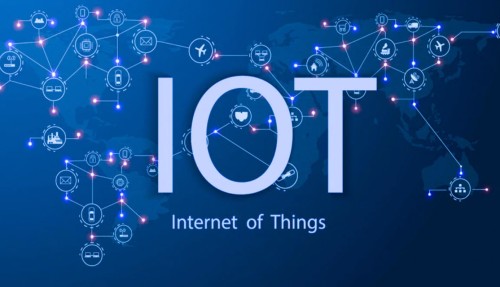The Internet of Things (IoT) is a term used to refer to the growing network of physical objects—devices, vehicles, buildings and other items—that are embedded with electronics, software, sensors, and connectivity that enable these objects to collect and exchange data. IoT technology has been around for some time, but in recent years it has exploded, with more and more connected devices being integrated into our homes, businesses, and public spaces.
IoT can be used in many different ways, such as providing smarter and more efficient home security systems, automated lighting and air conditioning, or controlling your home entertainment system from your phone. It can also be used for monitoring for health care or for industrial purposes, such as sensing temperature in factories or tracking shipping containers in supply chains.
The potential that IoT offers is almost limitless, as its possibilities and applications continue to grow at a rapid pace. Not only can it help simplify existing systems and processes, but it can also open up new avenues of innovation and uncover insights previously unattainable.
There are some challenges to the development and use of IoT, however. One of the key concerns is around cybersecurity, as any connected device is vulnerable to malicious attack. There is also an issue in terms of scalability, as both hardware and software must be capable of scaling with the increased number of connected devices. Additionally, the large amounts of data generated must be stored in a secure location and protected from misuse.
Despite these challenges, the potential benefits of IoT are hard to ignore. Companies are able to gain valuable insights, while individuals can enjoy unprecedented levels of convenience and control. As our world continues to become increasingly interconnected, IoT will become an even more integral part of our lives.




